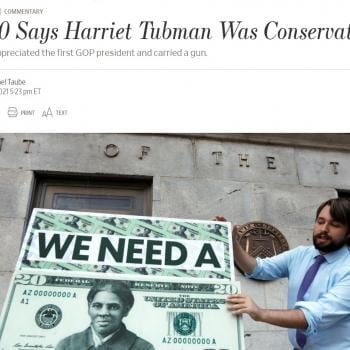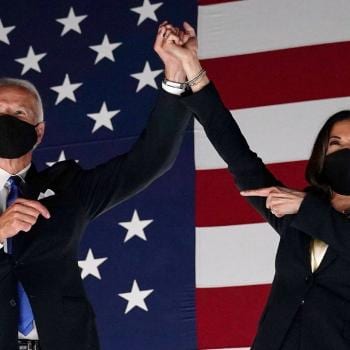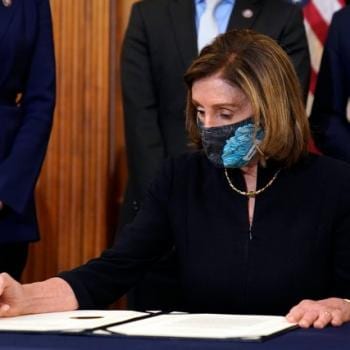On Saturday, Donald Trump said this:
“I kept my promise, and now with your help, our brand new justice — and he is really something very special — Neil Gorsuch sits on the bench of the United States Supreme Court. For the first time in the modern political era, we have confirmed a new justice in the first 100 days. The last time that happened was 136 years ago, in 1881. Now, we won’t get any credit for this, but don’t worry about it.”
There’s one very big problem with this. Several, actually.
According to Politifact:
Other than Trump, just four presidents since 1900 have had that chance: Bill Clinton, Richard Nixon, Harry Truman and William Harding.
So even at the most generous, this makes Trump top out of five.
But then there’s this, also from Politifact:
And Trump is the only one of the group who entered office with a vacant Supreme Court seat from the start — meaning he had a full 100 days to nominate and confirm his pick.
For both Harding in 1921 and Truman in 1945, the Supreme Court seat opened up about 11 weeks into their respective presidencies. For Clinton, it opened up about eight weeks in. (One hundred days is about 14 weeks.) None of them nominated and confirmed a replacement until after the 100 days were up.
For purposes of comparison, Harding, Truman, and Clinton don’t count. The vacancies that occurred in their first 100 days didn’t open up until eight or eleven weeks in. In Trump’s case, the vacancy was there from the moment he entered office.
What about the last president on the list—Nixon?
Chief Justice Earl Warren announced his retirement in 1968, before Nixon took office the following January. But Warren said he would stay on the bench until his replacement was confirmed, so there was no actual vacancy. Nixon didn’t get a replacement confirmed until June 1969.
This case also doesn’t count, because even though Justice Warren had announced his intention to retirement before the election, he remained on the bench, and had promised to do so until a replacement was chosen. There wasn’t an empty seat.
None of these cases are similar to Trump’s because—and this is important—Trump’s situation was unprecedented. Antonin Scalia died in mid-February, 2016. Obama was president at the time, with nearly nine months left in his term. He nominated Merrick Garland. Republicans in the Senate refused to hear the nomination, holding the seat vacant for Trump. This meant Republicans—and Trump—had many months to consider replacements before Trump even entered his presidency.
Neil Gorsuch was confirmed on April 8, 2017, after a vacancy of over 400 days. The United States has not seen a Supreme Court vacancy of that length since the 1860s.
During the period Trump referenced, no president has ever come into office with a Supreme Court vacancy. Trump won a contest with one contender—himself.
I have a Patreon! Please support my writing!














